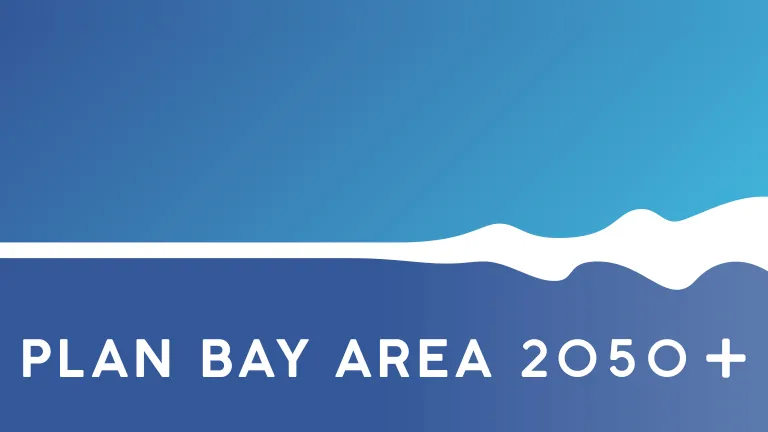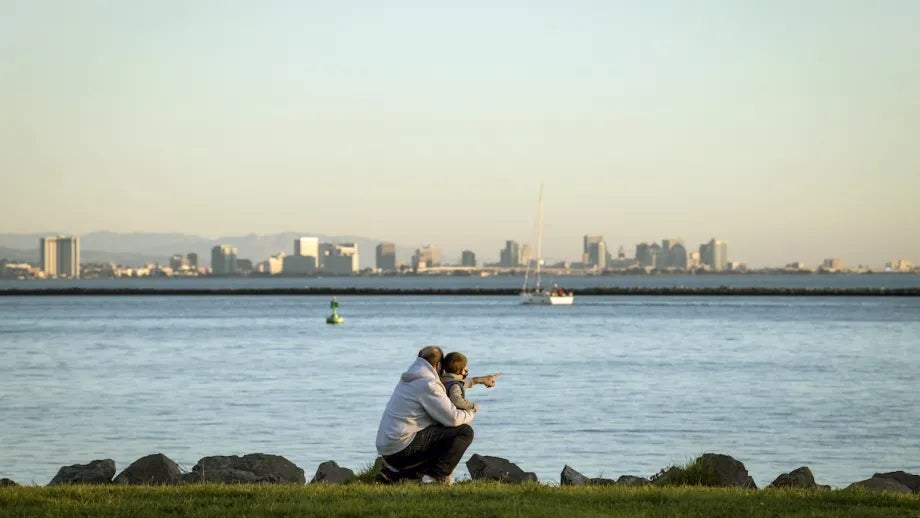What Is MTC?
MTC was created by the California Legislature in 1970 to plan, finance and coordinate the Bay Area’s transportation system. The Commission's scope over the years has expanded to address other regional issues, including housing and development.
The Bay Area is home to 101 cities and nine counties, each with its own transportation and housing needs.
MTC provides planning, funding, coordination and technical assistance to cities, counties, transit agencies and other partners to bring the region together — to make life better for residents and make the Bay Area’s transportation system more resilient to future challenges.
Learn more about the agency’s history and the Equity Platform that guides MTC’s work.
MTC History
Originally created to plan for the Bay Area’s expanding transportation network, MTC has evolved to take on additional responsibilities and to ensure transportation investments work closely with housing and development.
Equity Platform
Equity means just inclusion into a Bay Area where everyone can participate, prosper and reach their full potential. Equity is one of MTC’s guiding values, and the work is ongoing.
Plan Bay Area 2050+ is an update to the current 30-year regional plan. It charts a course for a Bay Area that is affordable, connected, diverse, healthy and vibrant for all residents through 2050 and beyond.

MTC directly distributes more than $1 billion year to local public transit agencies and other recipients, and prioritizes requests from local agencies for millions more in state and federal funds. Acting as the Bay Area Toll Authority, MTC collects approximately $700 million a year in bridge tolls and allocates these funds for transportation improvements, to service debt on projects already completed, to support transit operations and to maintain and operate the region's seven state-owned toll bridges.
Stretching from the Wine Country in the north to Silicon Valley in the south, from the shores of the Pacific to the edge of the Central Valley, the region includes 101 cities and approximately 7,000 square miles of land. Ranked by population, the Bay Area is the fourth-largest metropolitan area in the U.S., with 7.7 million residents.
The nine Bay Area counties are:
- Alameda
- Contra Costa
- Marin
- Napa
- San Francisco
- San Mateo
- Santa Clara
- Solano
- Sonoma
The Bay Area boasts nearly 20,000 miles of local streets and roads, 1,400 miles of highway, five public ports and three major commercial airports. There are more than two dozen public transit agencies, and prior to the COVID-19 pandemic, passengers made more than 2 million trips a day in 4,000-plus transit vehicles.

